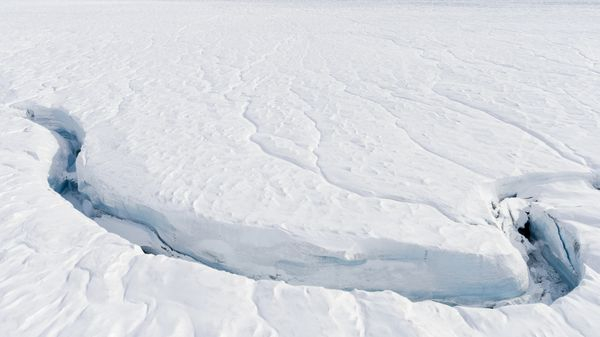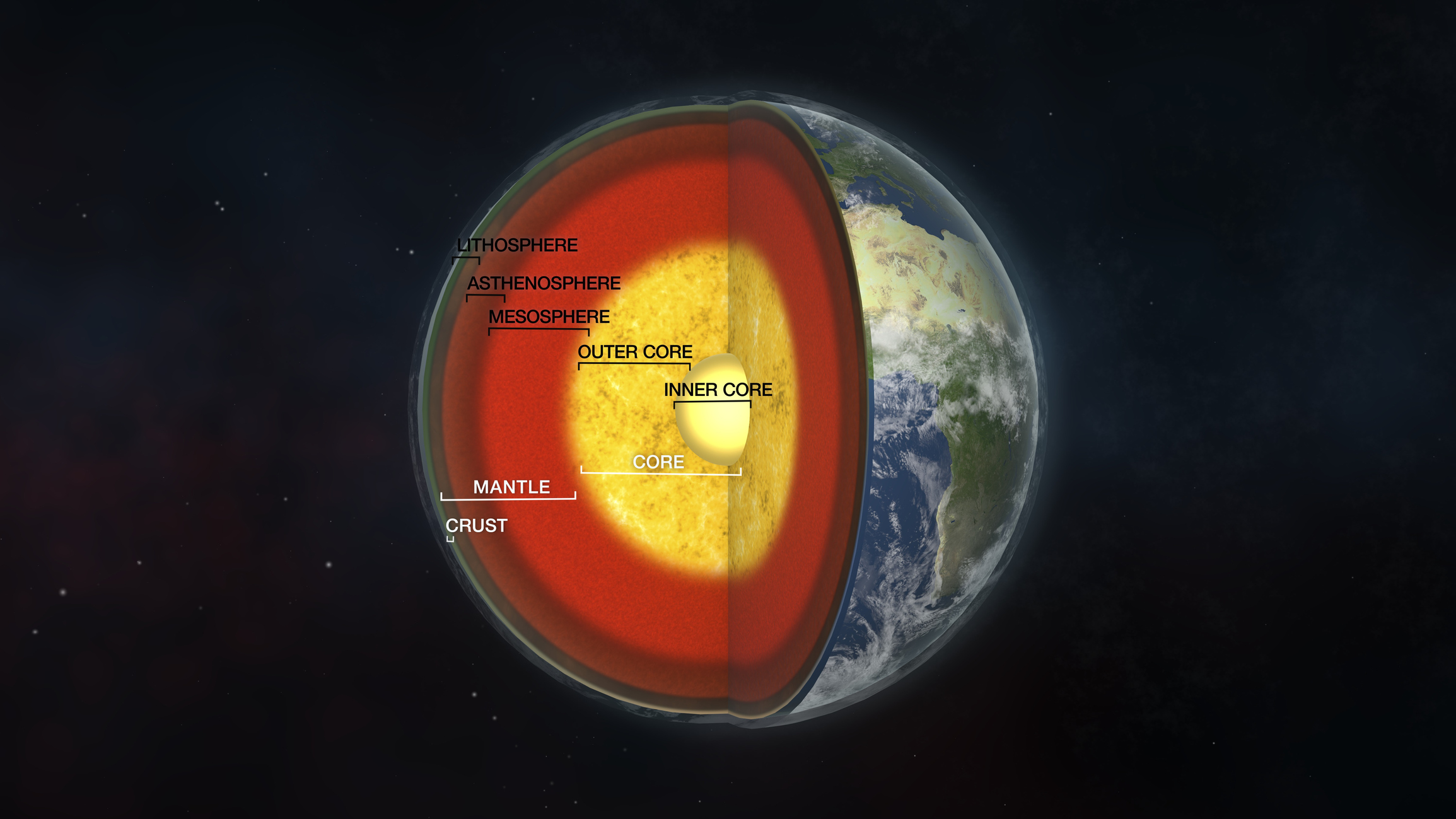
Humanity is rapidly waking up to the fact that time is running out to take action to mitigate the effects of climate change. Ironically, climate change itself, primarily caused by the release of greenhouse gases via the burning of fossil fuels, could help delay a time-related crisis.
Currently, we keep official time using around 450 ultra-precise atomic clocks to keep Coordinated Universal Time (UTC), which was first defined in 1969. A more traditional historical method of time-keeping uses the rotation of Earth. But because Earth's rotation fluctuates, since 1972, the alignment between these two measurements has been maintained by adding 27 "leap seconds" to the official time standard.
However, new research led by University of California geologist Duncan Agnew suggests that ice melting in Greenland and Antarctica caused by global warming could be impacting Earth's angular velocity, the rate at which the planet turns, and thus lengthening the day, albeit by an amount so small it is imperceptible to humans—but not to computers that rely on precise timekeeping.
"Global warming is already affecting global timekeeping," Agnew and colleagues write in a paper published in Nature on Wednesday (March 27).
Related: Mars attracts: How the Red Planet influences Earth's climate and seas
The melting of ice is decreasing Earth's angular velocity more rapidly than before, which may require a "negative leap second" or taking a leap second away, being adopted three years later than scientists had expected.
The problem with this is that activities like network computing and financial markets require the consistent, standardized, and precise timescale that UTC provides, and the addition of a negative leap second has never been tested before.
"A negative leap second has never been added or tested, so the problems it could create are without precedent," Patrizia Tavella, meteorologist in the Time Department of the Bureau International des Poids et Mesures (BIPM), wrote regarding the recent research in an accompanying News & Views paper. "Agnew’s suggestion that the change could be delayed is welcome news indeed."
Tavella thinks that pushing back the need for a negative leap second from 2026 to 2029 could help meteorologists better calculate Earth's rotation. This improved information would help better assess if a negative leap second is really needed while the related risks are assessed.
Earth is a poor time-keeper
The planet's rate of rotation has always fluctuated, but before the implementation of precise timekeeping and technology, the only detrimental effect it had was changing the timing of eclipses and other astronomical events compared to records created and recorded by ancient astronomers.
"On a millennial timescale, changes in Earth's rotation reflect the combined effect of three geophysical processes," Jerry Mitrovica at Harvard's Department of Earth and Planetary Sciences wrote in the News & Views Nature piece.
Mitrovica said one of these elements is the coupling between Earth's iron core and its outer rocky mantle and crust. That means that any change in the core's angular momentum must be balanced by an equally sized but opposite-sign change in the mantle and crust. So if the core slows down, to keep Earth's rotation consistent, the outer parts of the planet have to speed up by the same amount. However, both the core and upper layers have been losing angular momentum.
In the past, this core-mantle coupling has led to an increase in Earth's rotational period of 6 millionths of a second per year. While this rate slowing might seem trivially small it is really felt by atomic clocks.

Agnew and colleagues turned to satellite gravity data to determine the decrease in Earth's angular momentum and its effect on timekeeping.
This revealed that the increased melting of ice caps in Greenland and Antarctica has changed the mass distribution of our planet's surface and has decreased the angular velocity of Earth's solid outer layers more rapidly while the angular velocity of the mostly liquid core continues to decrease consistently.
"His analysis demonstrates persuasively that core–mantle coupling has led to accelerated rotation, but that there has also been a pronounced deceleration owing to the onset of major melting of polar ice sheets that began near the end of the twentieth century," Mitrovica wrote. "This human-induced process is slowing rotation by moving melted ice mass from the poles to lower latitudes."
Agnew and colleagues suggest that while a negative leap second won't be required by UTC until 2029 now, the problem this change poses for computer network timing requires changes in how UTC is aligned to the Earth’s rotation to be made earlier than currently planned.
"Unless international timekeeping guidelines change soon, the myriad technological foundations of human society must be updated in preparation for this unprecedented event and for the disappearance of 23:59:59 on a single day in the not-too-distant future," Mitrovica concluded.







